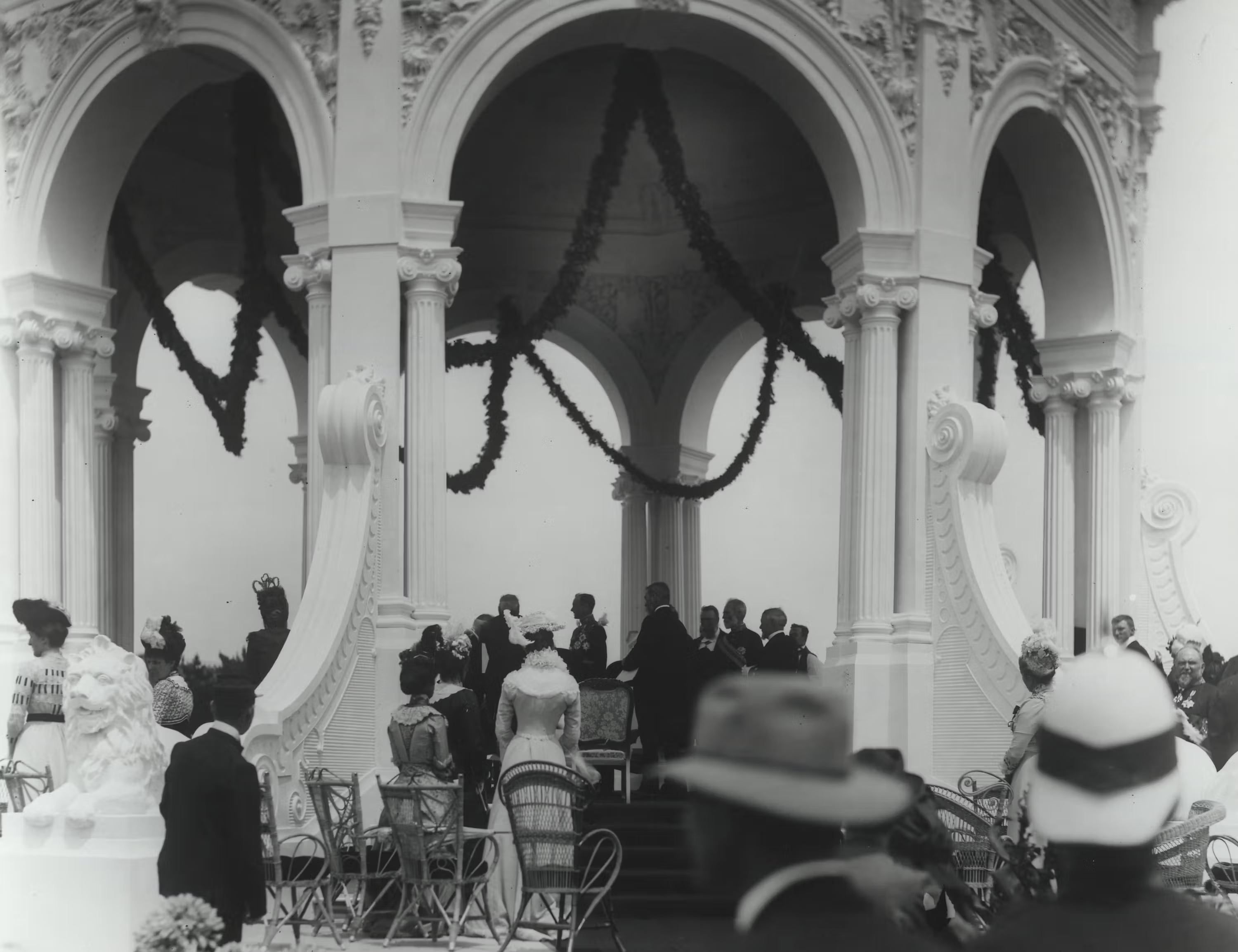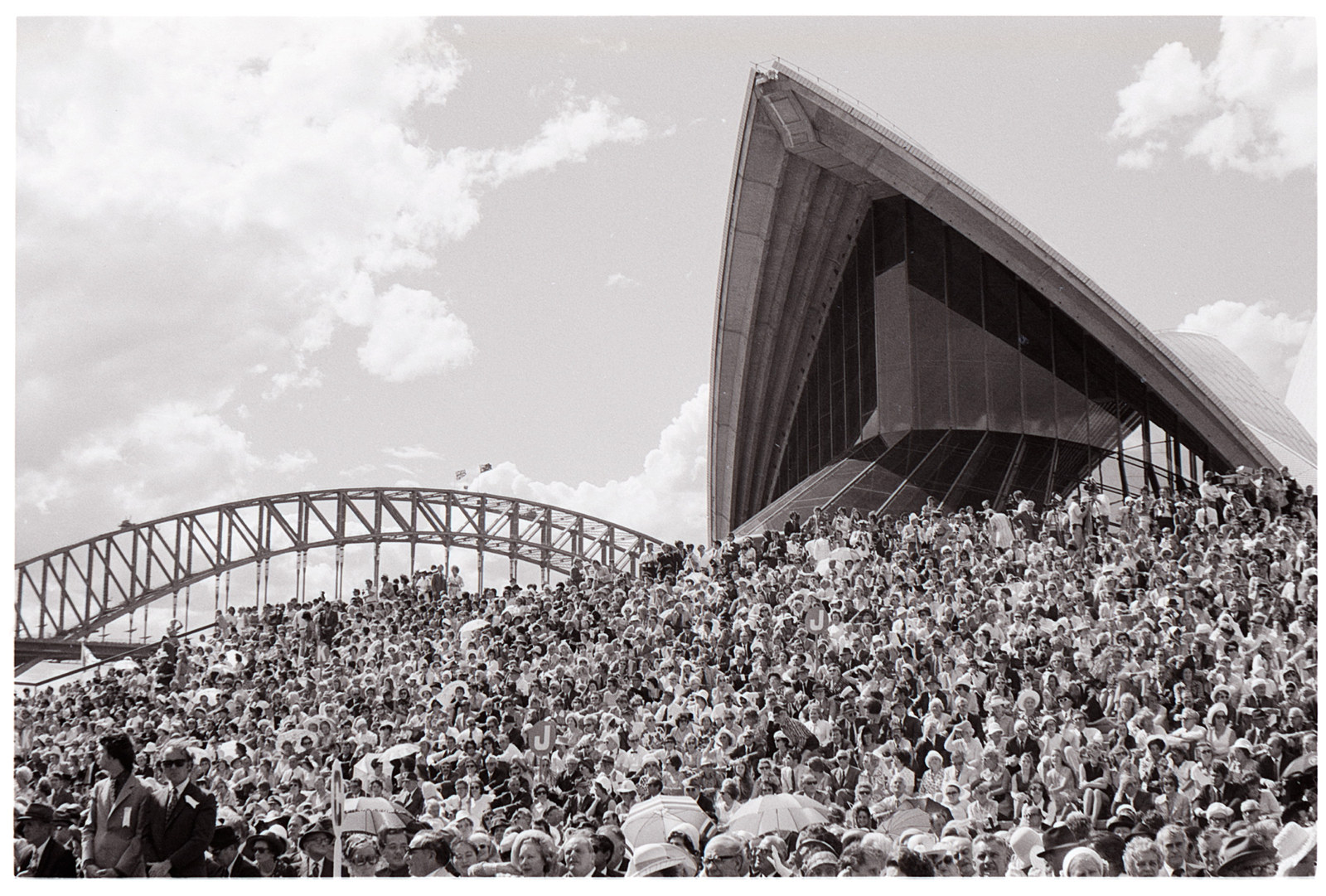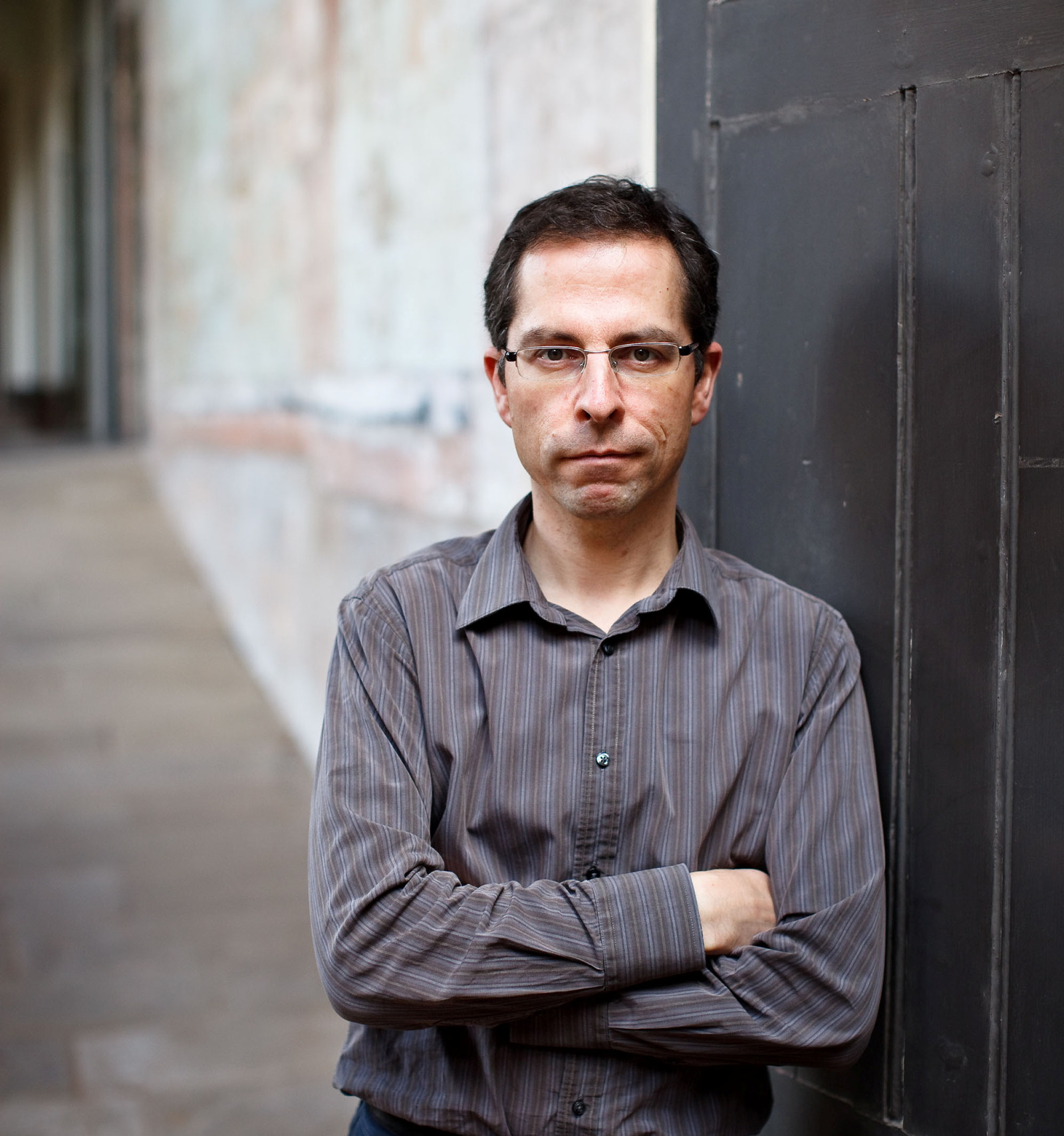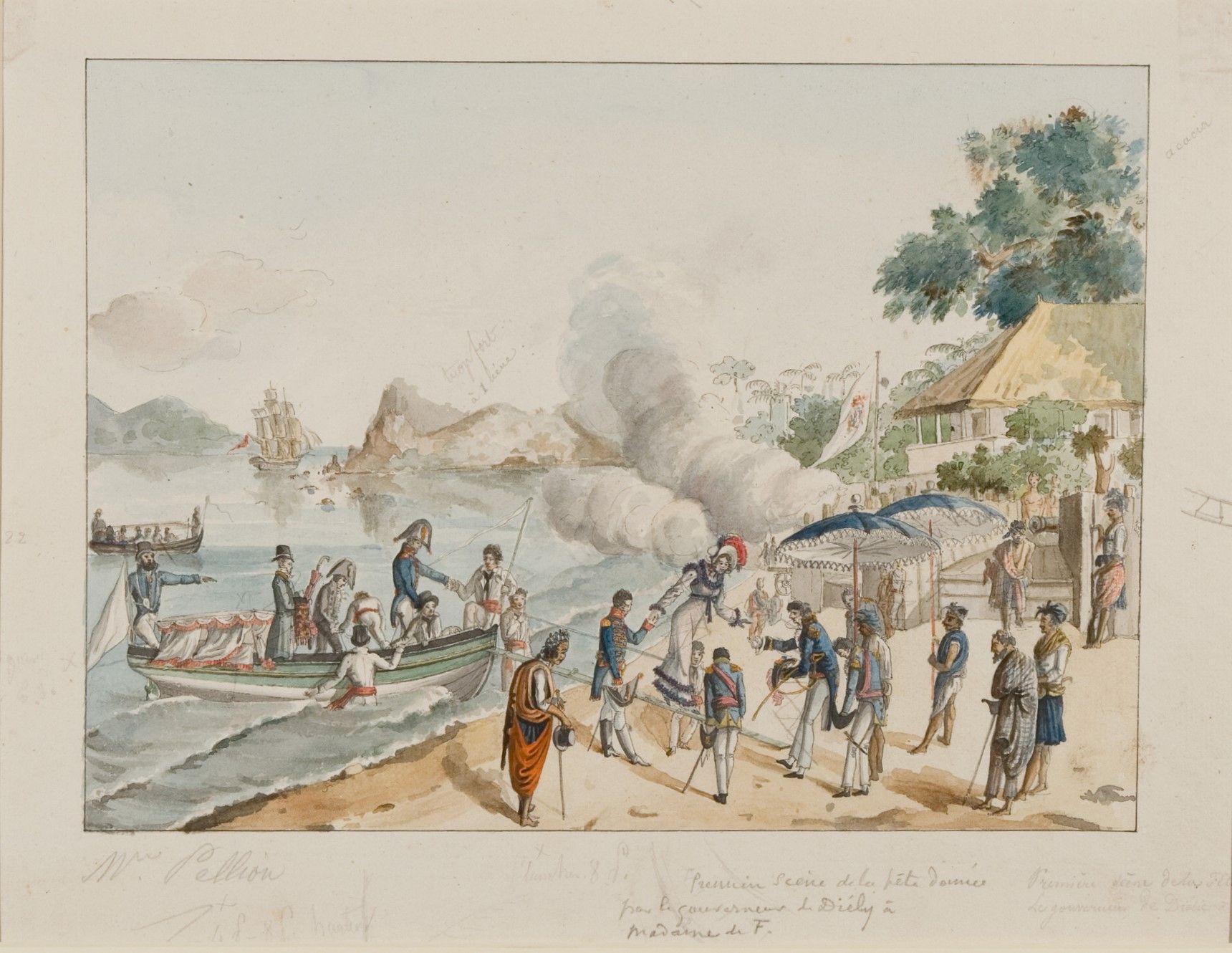Trainspotting wallpaper from Blackdown, Bathurst NSW
Although the railway did not officially arrive at the New South Wales town of Bathurst until 1876, at a nearby property, Blackdown, a virtual railway station had been created more than 20 years earlier.
The trains appeared on the wallpaper, running across the walls of the drawing room. Blackdown had been established by the Hawkins family in the 1820s but from 1852 was owned by businessman, Henry Rotton, who is likely with his wife Anne to have installed the railway wallpaper.
During major conservation of the property in the early 1990s, a fragment of the railway wallpaper was uncovered in the old drawing room, removed and later donated to the Caroline Simpson Library & Research Collection (CSL&RC) by former owners Dr Ken & Helen Neale.
Rolling stock, railway bridges and a grand station may have been depicted quite accurately on the Blackdown wallpaper, but was it good design? The wallpaper, called ‘The Railway Station’, actually featured in the very first exhibition in 1852 at the V&A Museum (then known as the South Kensington Museum), but for the wrong reasons… It was part of a display of 87 items of decorative art entitled ‘Decorations on false principles’ that included glassware, ceramics, metalwork, carpets, textiles and 16 different wallpapers.
The Times newspaper explained the purpose of this room in an article possibly ghost-written by director of the South Kensington Museum, Henry Cole:
The ante-room is fitted up as a sort of ‘chamber of horrors’, with a collection of all kinds of so-called ornamental manufacture, which are considered to exhibit false principles of decoration, such as vulgar and inharmonious colouring, want of meaning and unity in pattern, graceless imitations of natural forms, etc.1
On one of the information panels at Marlborough House it was explained that ‘True ornament does not consist in the mere imitation of natural objects’ but in adaption of natural forms that considers ‘the material to be decorated, the laws of art, and the necessities of manufacture.’ For wallpaper, a general rule according to the taste makers of the time like Henry Cole was that since a wall is flat or two-dimensional, wallpaper design should not attempt to depict a scene with three-dimensional perspective or shading. Three-dimensional flowers on wallpaper that were so realistic they might be plucked or scenes, like ‘The Railway Station’, that one may (almost) walk into were thought of as illusionistic and dishonest, even deceitful.
New industrial processes in the first half the 19th century had led to a profusion of new products for the home. However, while mass production meant many more patterns, it did not mean better taste according to most design critics. Cole believed that design practises could be reformed through education of designers, manufacturers and the general public in the principles of good design. A later generation led by eminent designer William Morris rejected mass production in favour of craftsmanship and the hand-made article. However, Cole attempted to transform and improve design through displays at the fledgling V&A Museum.
Perhaps Henry and Anne Rotton, residing on the other side of the world with their railway wallpaper, were too far away to be affected by English discussions of ‘taste’. Maybe they just liked the design of their wallpaper? Or just maybe… Henry and Anne’s interest in trains made them Australia’s first ‘trainspotters’?
Notes
- This quote and more information about the ‘chamber of horrors’ exhibition can be found in: Christopher Frayling, Henry Cole & the chamber of horrors: the curious origins of the Victoria and Albert Museums, V&A Publishing, London, 2010.
Published on
Related

Celebrating federation
The Commonwealth of Australia was proclaimed on 1 January 1901. The Federation Pavilion in Sydney’s Centennial Park was the focus of the inauguration ceremonies and a five mile procession through the decorated streets of Sydney was greeted by large crowds

‘The people’s house’: what’s in a name?
The ‘Sydney Opera House’, the ‘Opera House’, or simply ‘the House’ – we know it by many names. But why is this Australian icon also called ‘the people’s house’? Exhibition curator Dr Scott Hill explores the story behind a name

